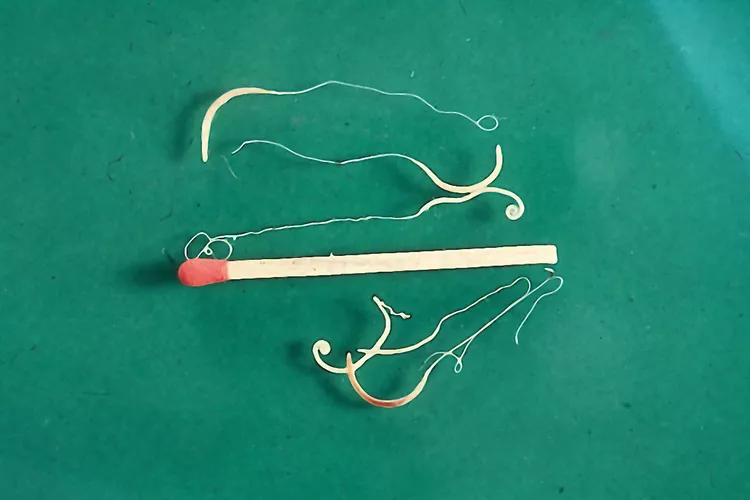
Whipworms are intestinal parasites that are relatively common in dogs. The medical term for a whipworm infestation is "trichuriasis." There are a variety of Trichuris species that affect different host species. The Trichuris vulpis parasite is often transmitted to dogs after they ingest soil contaminated with feces from infected dogs.
Whipworms are small worms, reaching a maximum size of 2 to 3 inches. They have a thin, whip-like front end and a thicker back end. The whipworms attach themselves to the walls of the large intestine, feeding on blood.
If your dog only has a small infestation of whipworms, it may not have any symptoms. Heavy infestations, however, usually cause diarrhea, weight loss, and sometimes anemia. While whipworms can infect any dog, they can potentially be more serious in young dogs, senior dogs, or dogs with weakened immune systems.
Whipworms are one of the four common intestinal worms that infect dogs. The other three are tapeworms, roundworms, and hookworms.
Whipworms have a simple life cycle; their eggs are passed in the dog's feces, and under ideal conditions, whipworm eggs can mature and become capable of causing infection after about two to four weeks in the environment. They are quite resistant to heat and dry conditions and can remain viable outside a host for as long as five years.
Once the eggs are ingested by a dog (for example, when a dog is grooming itself or eating things off the ground), they hatch in the dog's small intestine.
Eventually, the larvae move to the large intestine, taking about 11 weeks to become mature adults. They are then capable of producing more eggs, which then pass to the environment through the dog's stool, thus starting the cycle all over again.
In dogs with light infections, there are usually no symptoms. As an infection intensifies, inflammation of the large intestine can result, and any of the following symptoms may appear.
Dogs with heavy loads of whipworms usually develop diarrhea, which can become chronic, leading to weight loss and dehydration. Often, the diarrhea is bloody or gooey. The intestinal inflammation can make it painful for the dog to pass feces, and you might notice your dog straining or crying while having a bowel movement.
Very heavy infestations can cause the dog to become anemic, meaning the dog has too few red blood cells. This can cause the dog to be fatigued or weak, and you might notice your dog's gums are paler than normal.
Rarely, whipworm infections cause a syndrome similar to Addison's disease, with periodic episodes of weakness and electrolyte imbalance, along with the typical symptoms of diarrhea. The mechanism of this effect is not understood, however.
The cause of a whipworm infection is the dog ingesting viable whipworm eggs from the soil. This can happen when a dog eats something off the ground, or if a dog gets whipworm eggs on its fur and then grooms itself. Once the dog has ingested the eggs, they mature within the dog's intestinal system.
The eggs of whipworms are too small to be seen with the naked eye, but they can be detected in a stool sample under the microscope. The test process is called fecal flotation. Unlike roundworms and hookworms, however, female whipworms only produce eggs intermittently, so the eggs can be difficult to catch on fecal tests. Repeated tests may be necessary, and if a whipworm infection is suspected, it is common to treat for whipworms even if eggs are not found.
Many medications can be used to treat whipworms, and your vet can help you pick the right one. Whipworms are often resistant to some common dewormers, so the treatment may be a prescription that is new to you. Multiple treatments are usually recommended for best results, usually spaced four weeks apart for at least 3 months. Most dogs fully recover from a whipworm infection with treatment.
Since the eggs survive for a long time, the potential for reinfection from eggs that are left in the intestinal tract is significant. Your vet may recommend that you give your dog a parasite preventative every few months. Often, a heartworm preventative that also prevents whipworms is prescribed.
While it might take multiple treatments to completely eradicate whipworms, your dog should recover entirely once the worms are gone.
If your dog has been diagnosed with whipworms, take care to clean any surfaces that may be infested. It is important to promptly remove pet waste, which could contain eggs. If your dog frequently defecates in a certain area in your yard, it may be beneficial to replace any gravel, wood chips, or other material in the area that is hard to clean.
While it can be difficult to entirely prevent your dog from eating things off the ground, do your best to keep your dog away from areas where you know it is likely to graze. Brush and bathe your dog regularly to help remove eggs from its fur.
In areas where whipworms are common, your veterinarian might recommend that you keep your dog on a regular schedule of heartworm preventative that is also effective against whipworms to reduce the risk of reinfection.
The canine whipworm, Trichuris vulpis, very rarely infects humans, although it can infect other dogs in your home. There are also species of whipworms that mostly infect cats. However, animal whipworms are not considered a significant human health risk. There is a species of whipworm, Trichuris trichuria, that does infect humans, though.

What to Do if Your Cat Is Snoring
Cat snoring can happen for several reasons. Find out if your cat's snoring is normal or caused by a medical issue. Know when to call the vet about your cat snoring.
Turkish Angora: Cat Breed Profile, Characteristics & Care
The elegant and silky Turkish Angora cat is a playful, affectionate, and sometimes mischievous pet. Learn about the Turkish Angora breed.
Toyger: Cat Breed Profile, Characteristics & Care
The toyger (toy tiger) cat is a beautiful, rare breed with an easygoing demeanor. These cats are hard to come by but make excellent pets.
Donskoy: Cat Breed Profile, Characteristics & Care
Donsky cat, or Don Sphynx, is a hairless cat that's known for being affectionate, social, and remarkably intelligent. Learn more about the Donsky cat breed.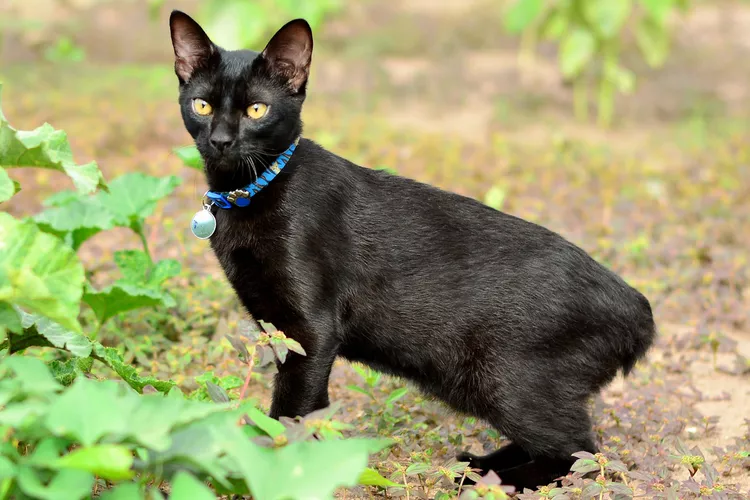
Japanese Bobtail: Cat Breed Profile, Characteristics & Care
The Japanese bobtail is recognized for its bunny-like tail and is loved for its friendly, playful personality. Learn about the Japanese bobtail breed.
How to Stop Cat Aggression After a Vet Visit
Cats are usually out of sorts and ornery after a trip to the veterinarian. Learn how to stop cat aggression by planning ahead with these tips.
Why Do Cats Like High Places?
Does your cat like to hang out on top of tall furniture? Here's why cats like high places.
Rectal Prolapse in Dogs
Rectal prolapse in a dog can be an alarming thing to see. Find out why this happens, how to prevent it, and how to heal dog prolapse at home.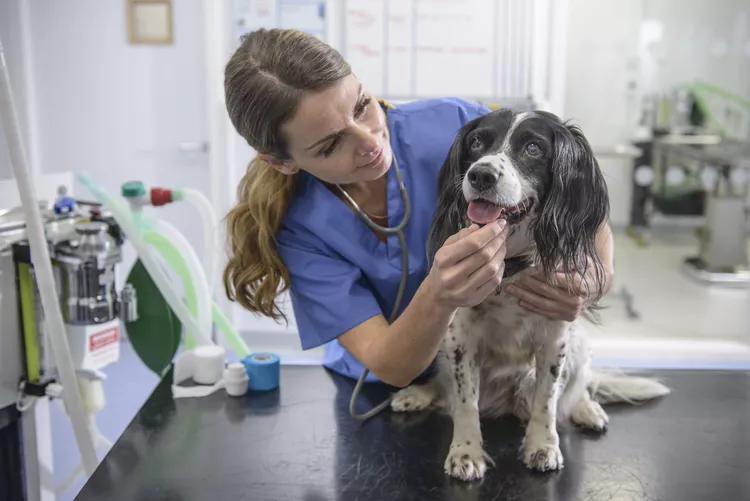
Is Acetaminophen Safe for Dogs?
Acetaminophen is used by humans for pain and fever relief, but is it safe for dogs? Here's what you need to know before giving your dog acetaminophen.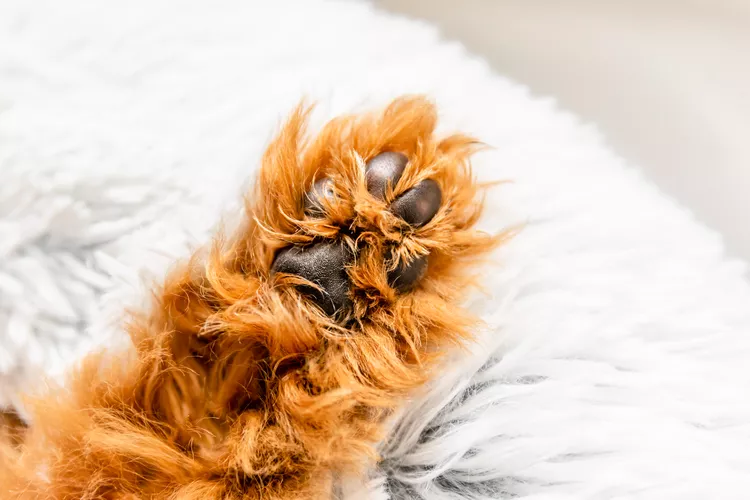
Dog Broken Toe: Signs and Treatment
Dogs can break their toes for several reasons. Find out how to tell if your dog has a broken toe. Learn what you need to do and what restrictions your dog may have to let a broken toe heal.
Tetanus in Dogs
Tetanus is an infection caused by bacteria found in soil. It can cause severe symptoms in dogs and even lead to death if not treated promptly.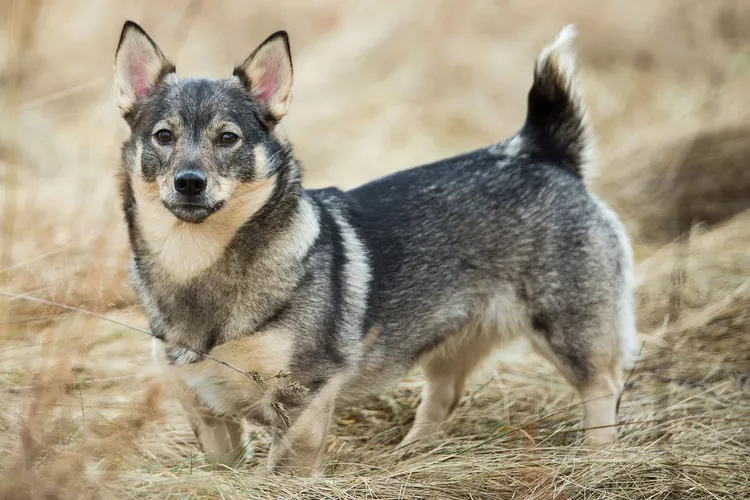
Swedish Vallhund: Dog Breed Characteristics & Care
The Swedish vallhund makes for a high-energy and affectionate companion. Learn about the breed's history, health, exercise needs, and more.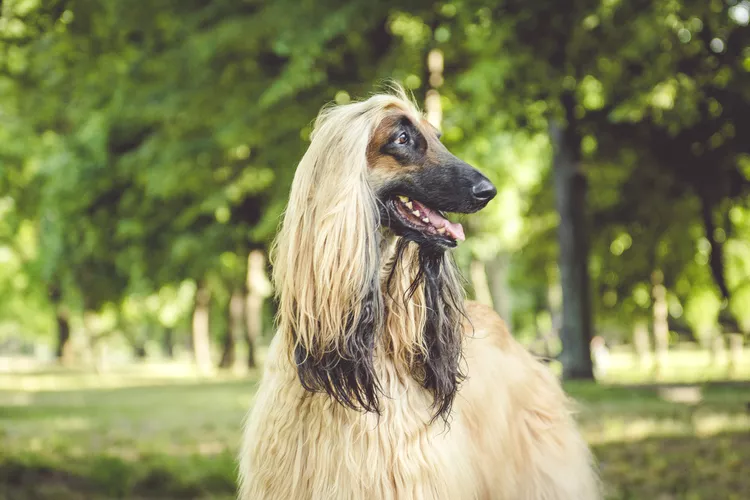
Afghan Hound: Dog Breed Characteristics & Care
The Afghan hound is a majestic dog breed, known for its luxurious long coat and sweet personality. Learn about cost, care, and training needs.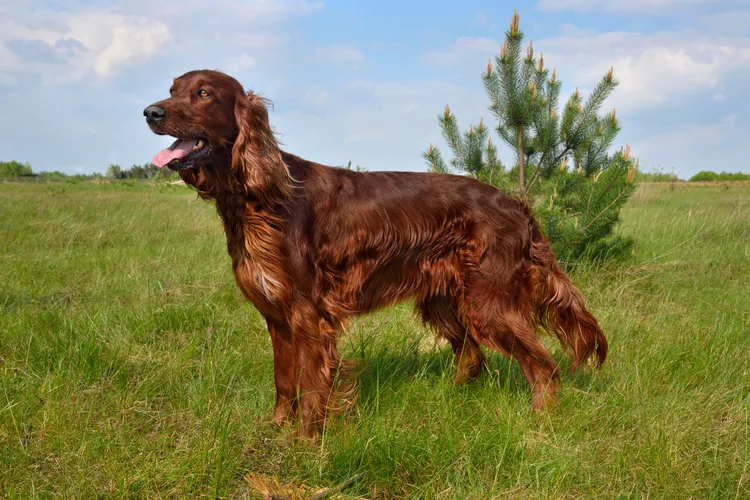
Irish Setter (Red Setter): Dog Breed Characteristics & Care
The Irish setter, also known as the red setter, stands out from the crowd with their striking red coat and athletic nature. Learn about this gentle and affectionate dog breed.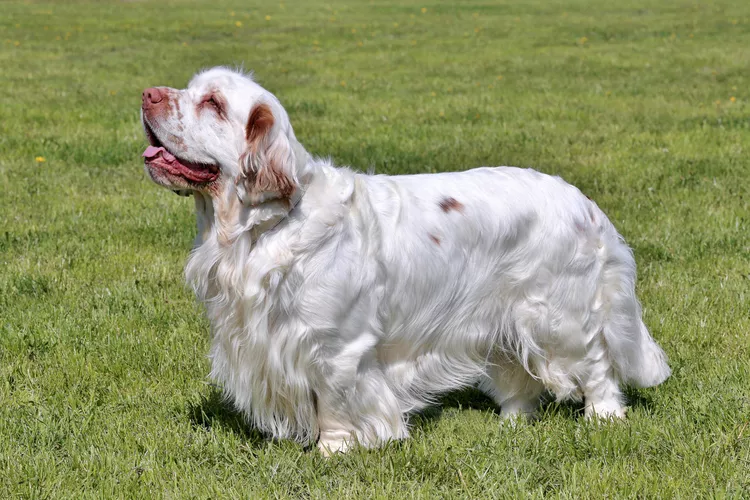
Clumber Spaniel: Dog Breed Characteristics & Care
The Clumber spaniel is a friendly, calm dog and a great family pet who gets along with kids. Just beware of this rare breed's shedding and drool.
Reasons Why Dogs Grind Their Teeth
Some dogs grind their teeth. Learn why dogs grind their teeth and if it can be harmful. Find out what to do about teeth grinding in dogs.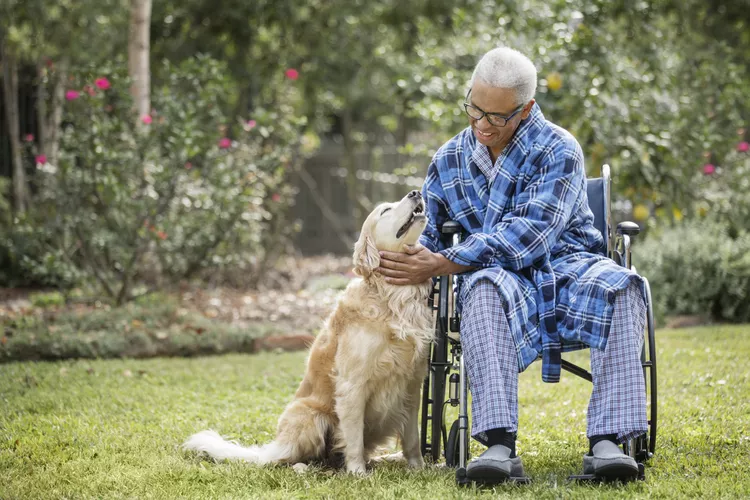
Therapy Dog Certification: A Complete Guide in 6 Steps
Could your dog be trained to serve as a therapy dog? Here's how you and your dog can become an official animal-assisted therapy team.
Here’s How to Stop Your Dog from Jumping on You When Excited
Although it can be cute the first few times your dog jumps on you, it can quickly turn into a bad habit, especially if your pooch starts jumping on strangers. Here’s how to stop your dog from jumping on you when excited.
Why Do Dogs Howl at Sirens?
Howling at sirens is something that dogs are well known for, but why do some dogs do it while others seem unbothered?
How to Train a Labrador Retriever
Proper training is an essential part of owning a Labrador retriever. These smart dogs can be trained to be service dogs, hunters, and excellent companions.